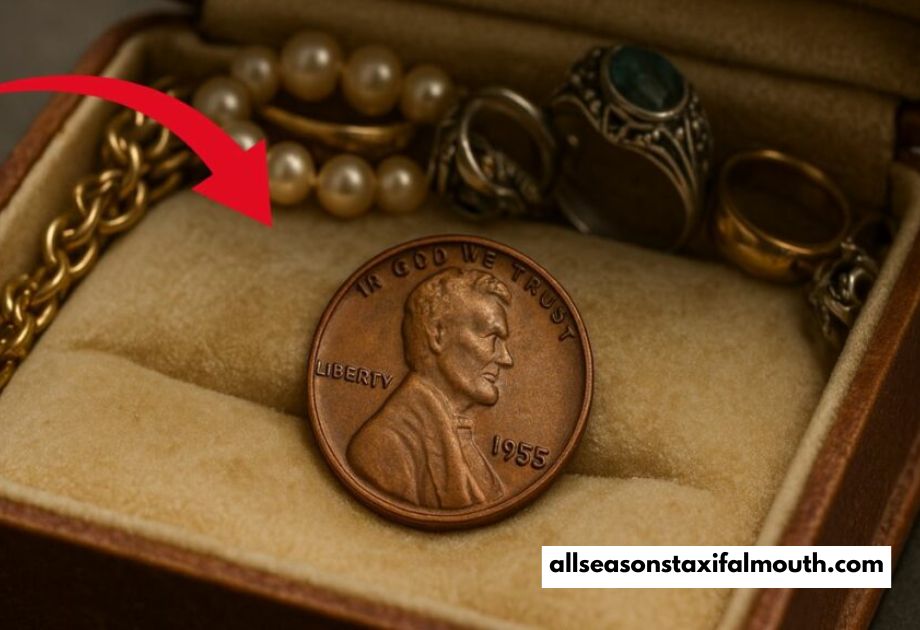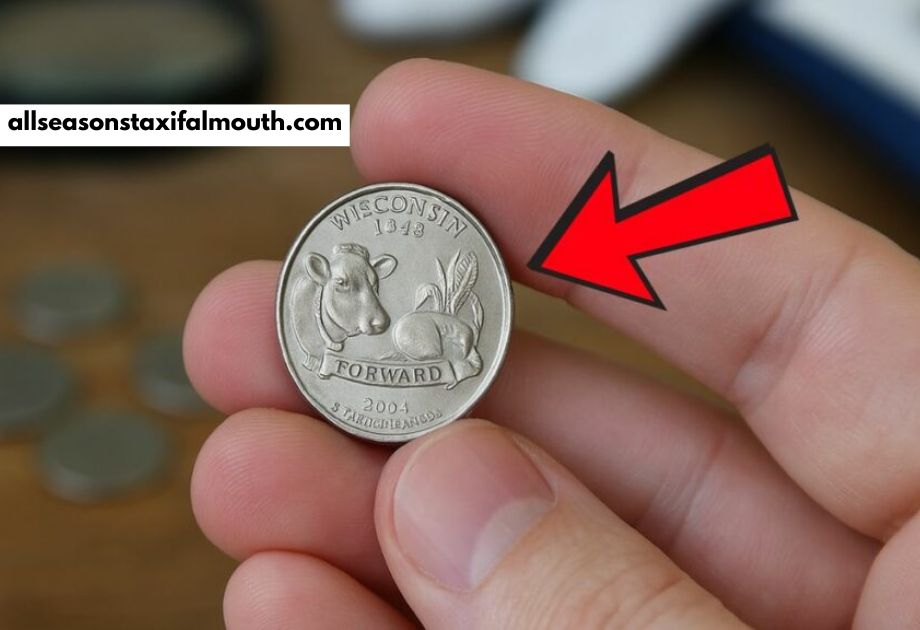SASSA Clarifies- Double Payment Claims for June Are False – Don’t Fall for Misinformation
In recent weeks, there has been widespread misinformation circulating on social media, claiming that the South African Social Security Agency (Sassa) will pay double social grants to recipients in June. Sassa has swiftly responded, calling these reports completely false and urging beneficiaries not to fall for such rumors. False Claims of Double Payments According to … Read more









